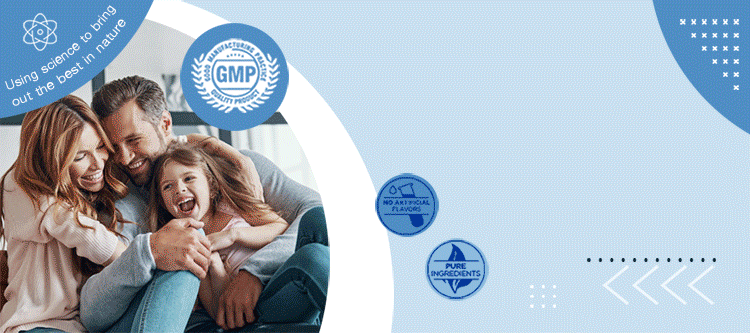Astaxanthin and anti-cancer activity
"…Prevention is always better than cure, and this time-tested adage is particularly relevant in the case of cancer where cure, if at all possible, is frequently associated with highly cytotoxic agents and / or invasive procedures.
In recent years, a novel mechanism for the anticancer activity of certain carotenoids, including Astaxanthin, was suggested (Bertram and Vine, 2005). The model is based on the fact that virtually every human tumor is deficient in gap junctional intercellular communication (GJIC), and the restoration of GJIC by forced expression of proteins (connexins) reduces indices of neoplasia.
The expression of connexin 43 is up-regulated by cancer preventive retinoids and carotenoids, which correlates with the suppression of carcinogen-induced transformation in T1/2 cells (Hix et al., 2004).
When delivered to mouse embryonic fibroblast T1/2 cell cultures, Astaxanthin upregulated expression of connexin 43 protein and increased formation of connexin 43 immunoreactive plaques in regions of the plasma membrane consistent with localization of gap junctions.
Astaxanthin significantly upregulated GJIC as demonstrated by Lucifer Yellow dye transfer after microinjection. Enhanced expression of connexin 43 and increased GJIC result in the inhibition of in vitro malignant tumor growth, as well as growth reduction of human tumors in external grafts…"
|

